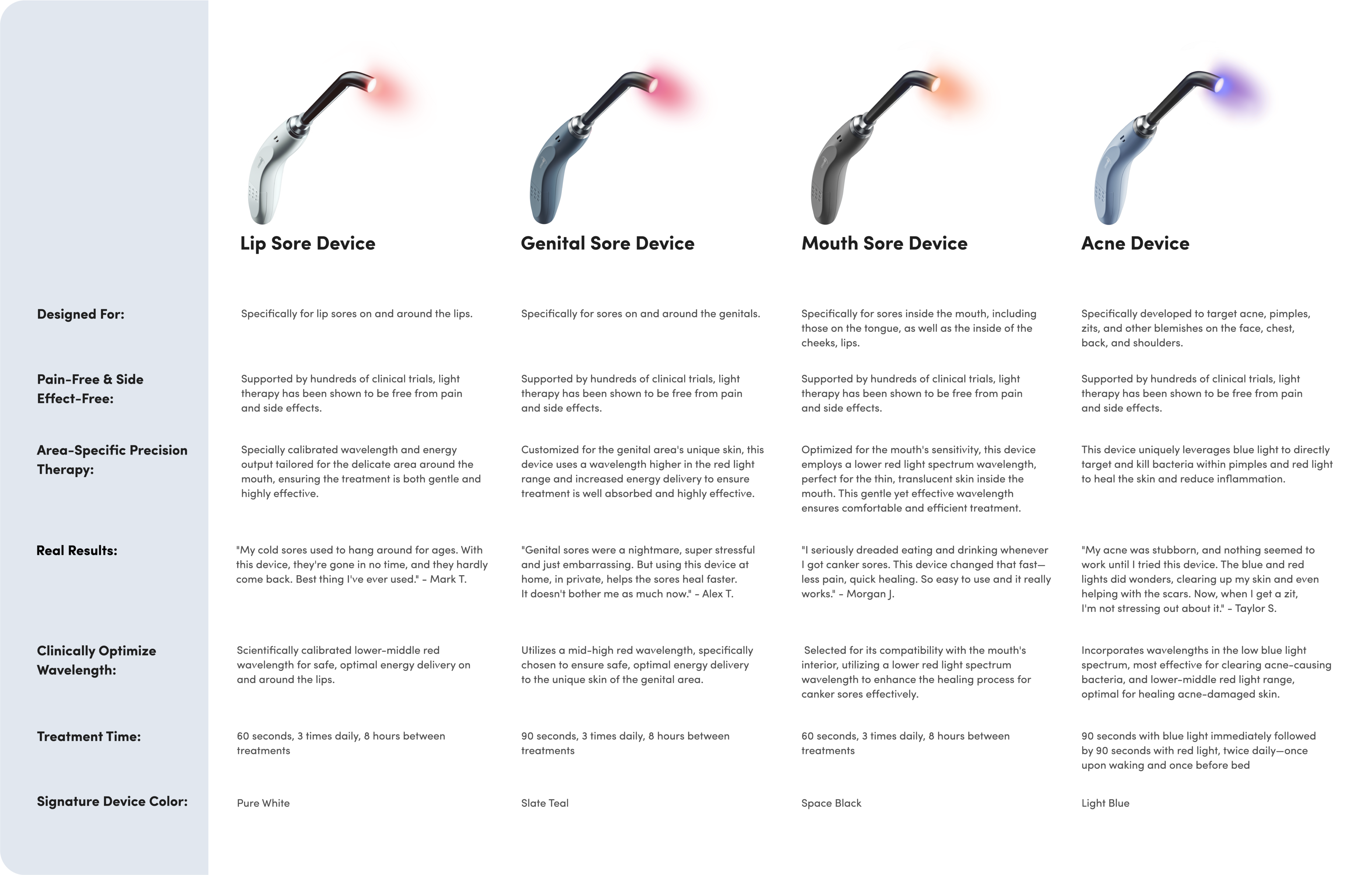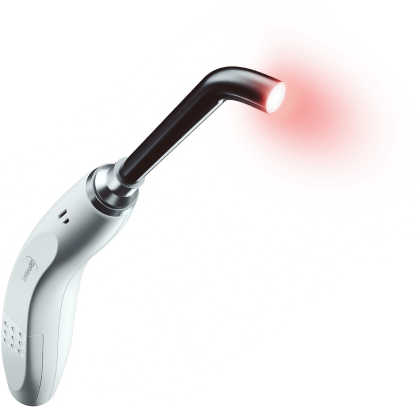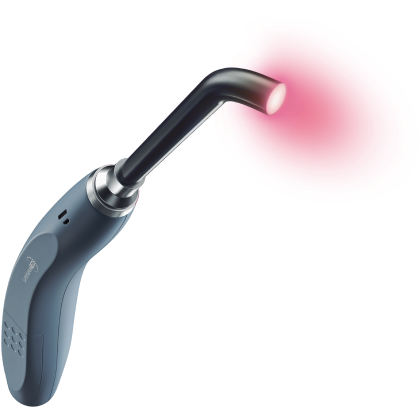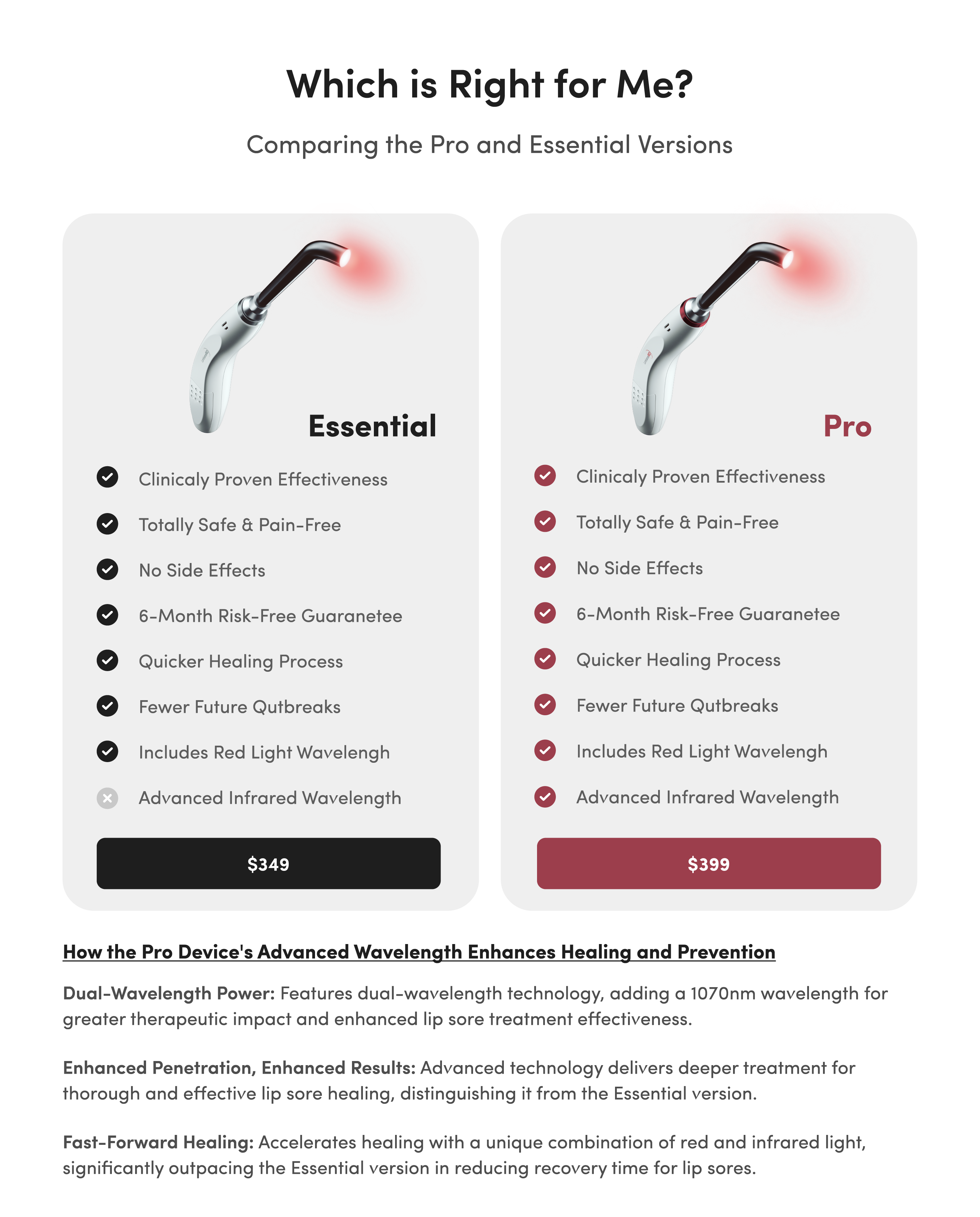Why Red Light Therapy Can Help Heal Your Acne
According to the American Academy of Dermatology, acne is the most common skin condition in the United States. About 85% of people between the ages of 12 and 24 experience some degree of acne, and up to 50 million Americans are affected by acne each year.
With acne being this common, there’s a lot of talk about how to best treat it. We know that light therapy can treat canker sores, cold sores, and genital herpes, but what about acne?
Let’s take a more detailed look at acne, its treatments, and the evidence behind using red light therapy for acne.
What Is Acne?
Acne vulgaris (usually just called by its common name, acne) is a skin condition that frequently affects the face, chest, and upper back. It forms when pores become clogged with excess oil and dead skin cells, creating the perfect environment for acne-causing bacteria to grow and thrive. Adolescents famously experience acne during the heightened oil production and fluctuating hormones of puberty, but many people suffer from acne well into adulthood.
Though the blemishes themselves are temporary, severe acne can cause facial scarring and pitting that lasts a lifetime. The entire acne experience can lead to plenty of emotional anguish, anxiety, and low self-esteem, particularly in the already tumultuous adolescent years.
No one element causes acne. Excess oil production, hormone changes (as from pregnancy or puberty), diet (especially excessive simple carbohydrates), inflammation, and genetics can all play a role.
Symptoms of Acne
Acne can range from mild to extremely severe. It consists of a range of blemish types, including:
- Whiteheads — Excess oil and dead skin clog a pore, and new skin grows over the surface, locking it in.
- Blackheads — Excess oil and dead skin clog a pore, but the surface remains exposed to the open air. The oxygen exposure causes the surface of the material to darken in a process called oxidation.
- Papules — Papules are a type of pimple. These small red bumps are also clogged pores, but they become inflamed by Propionibacterium acnes, or P. acnes, the most common acne-causing bacteria.
- Pustules — Pustules are also a type of pimple, involving excess oil, dead skin cells, and P. acnes. However, these pimples also fill with pus. Papules can develop into pustules, and both types of pimples can cause scarring.
- Acne nodules — Pimples can become so large and inflamed with a P. acnes infection that they push painfully downward into the skin. In the absence of pus, these are called acne nodules.
- Acne cysts — When the painful, infected lumps under the skin contain pus, they’re called acne cysts.
Mild acne typically includes blackheads and whiteheads, while more severe cystic acne includes everything up to acne nodules and cysts.
Complications of Acne
Pimples can leave hyperpigmented (dark) or hypopigmented (light) spots on the skin that take a long time to resolve. They can also leave permanent scars in the form of pitting, depressions, or raised bumps on the skin's surface. As a result, lingering self-consciousness can be another kind of long-term complication, even after the acne itself clears up.
Treatments for Acne
Acne is such a ubiquitous problem that all kinds of creams, lotions, peels, serums, and washes exist to address it. Dermatologists can even prescribe oral and topical medications for a more aggressive approach.
Many of these traditional acne treatments, though, have unpleasant or harsh side effects and can cause further irritation to the skin. Fortunately, research has shown another treatment — light therapy — to be both safe and effective in fighting acne, without the unwanted side effects.
What Is Red Light Therapy?
In 1995, NASA began experimenting with red light-emitting diodes (LEDs) to facilitate plant growth during space travel. However, the astronauts noticed that their skin lesions healed faster when exposed to the red light as well. This discovery launched decades of research showing that light therapy is both effective and safe for treating many conditions, especially on the skin.
Various wavelengths of light can provide therapeutic benefits, but red light therapy involves just the wavelengths between 620 nanometers (nm) and 750 nm on the visible light spectrum. Red light is particularly beneficial for such a range of conditions because it doesn’t merely address one or two specific symptoms, but operates at a deeper level.
Photoreceptors in human cells absorb red light and use it to create adenosine triphosphate (ATP), the body’s cellular energy. Scientists believe this mechanism underpins red light's broad range of benefits, such as stimulating collagen production, decreasing inflammation, and encouraging healing.
Red light therapy has been available at dermatologists’ offices and medical spas for some time, but advances in technology have made handheld home devices increasingly popular. When used appropriately, therapy with red light is well tolerated, safe, and free from side effects.
How Can Red Light Therapy Treat Acne?
Red light therapy specifically addresses three major acne issues: excess oil production, inflammation, and skin damage. How do we know? Besides anecdotal evidence, a wealth of research on red light therapy for acne confirms its effectiveness.
For example, scientists found that a particular wavelength of red light significantly limited the oil production of cells called sebocytes. And many studies demonstrate red light therapy’s anti-inflammatory and healing properties.
Research supports the efficacy and safety of red light therapy for acne, and more studies are being published all the time. Although there is some variance in the levels of effectiveness reported, especially when differing wavelengths of light are used, these studies show that red light therapy is both safe and effective against acne.

Blue and Red Light Therapy for Acne: A Winning Combination
While red light therapy alone can help, research indicates the most potent treatment is a combination of blue and red light therapy for acne.
One clinical study had patients use an at-home light therapy device with red and blue light for four weeks. After 12 weeks of treatment, inflammatory acne decreased by 77% and non-inflammatory acne decreased by 54%.
Another study used combination red and blue light therapy to treat mild-to-moderate facial acne. Participants in this study again performed their own LED treatments with a handheld device for four weeks. Eight weeks after their final treatment, patients were still experiencing a nearly 70% reduction in inflammatory acne.
Some research has compared the effectiveness of blue and red light therapy acne devices to more traditional topical treatments. For example, one study found that patients treated with a blue and red light therapy mask saw greater reductions in inflammatory and non-inflammatory acne than patients using topical treatments.
On top of acne improvement, light therapy patients also often note skin tightening, wrinkle reduction, and a smoother, brighter complexion as well.
Learn More
Curious to learn more about the use of red light therapy acne? Check out our post about light therapy for acne to learn about a new blue and red light therapy device available from Luminance RED: the Luminance RED - ClearBeam Acne Device.














